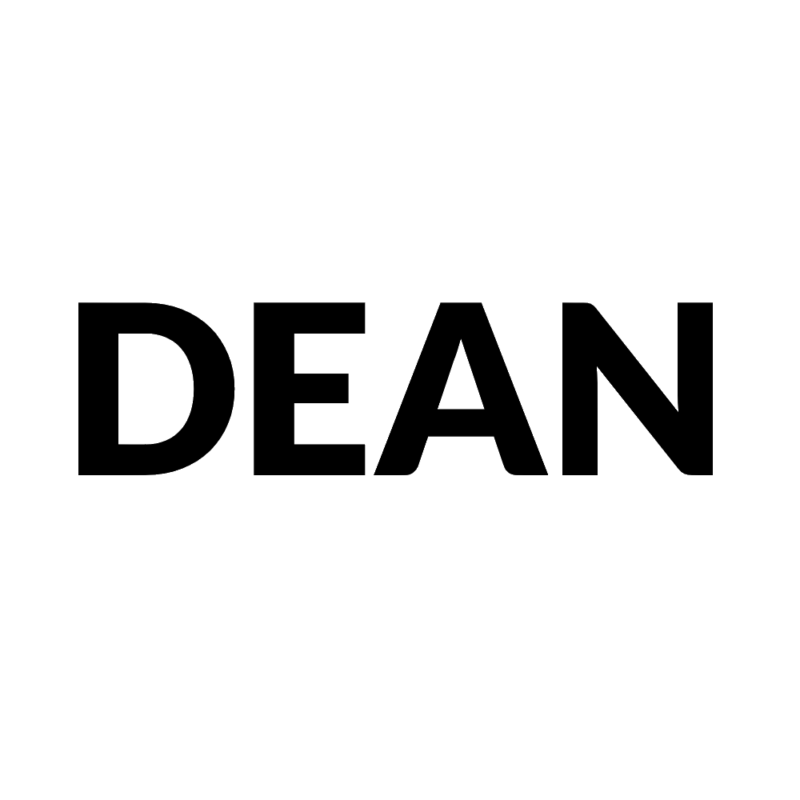Professionals in the fashion industry need to use fashion forecasting and trend analysis to predict future clothing trends and consumer wants. We’ll talk about the importance of fashion forecasting and trend analysis in the fashion industry in this article, along with the reasons why fashion firms and retailers must employ these techniques to stay competitive and satisfy changing consumer demands.
What is fashion forecasting?
Fashion forecasting is the process of analyzing data, market trends, and consumer behavior to predict future clothing trends. It involves compiling information on the newest silhouettes, colors, fabrics, and trends from a range of sources, including market research, trade events, street style, runway displays, and social media. The patterns and trends found in this data are then utilized to forecast what will be popular in the future.
Why is fashion forecasting important?
For fashion manufacturers and retailers to stay competitive and satisfy changing consumer expectations, fashion forecasting is essential. Clothing brands may create new collections and items that will appeal to their target demographic by understanding future trends. They can decide on marketing, advertising, and merchandising tactics with knowledge.
Trend analysis vs. fashion forecasting
Although trend analysis and fashion forecasting are frequently used interchangeably, they have different purposes. To find patterns and forecast future trends, trend analysis examines both present and historical clothing trends. On the other side, fashion forecasting focuses on making predictions about future trends using a range of data sources.
How is fashion forecasting done?
A wide variety of data sources and analytical methods are used in the complicated process of fashion forecasting. Among the most important techniques in fashion forecasting are:
- Trend research is compiling information on current trends from various sources, such as street style, trade exhibitions, runway events, and social media.
- Consumer research is examining customer behavior, such as purchasing patterns, taste preferences, and fashion-related mindsets.
- Color forecasting entails speculating on which hues will be in vogue in upcoming seasons based on a variety of variables, such as consumer preferences, historical events, and societal trends.
- Fabric forecasting entails speculating on the fabrics that will be in vogue in upcoming seasons depending on a variety of variables, such as customer preferences, environmental concerns, and technical breakthroughs.
- Forecasting the popularity of clothing silhouettes entails making predictions based on a variety of variables, such as current fashion trends, customer preferences, and cultural events.
The Importance of Fashion Forecasting and Trend Analysis
In the fashion industry, trend monitoring and fashion forecasting are crucial. Clothing businesses and retailers may use these tools to keep one step ahead of the competition, cater to the changing demands of consumers, and decide on their marketing and merchandising plans with knowledge.

